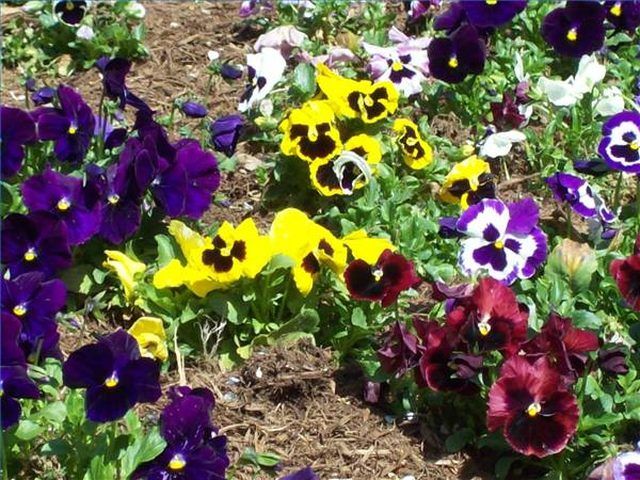Bulbs
Flower Basics
Flower Beds & Specialty Gardens
Flower Garden
Garden Furniture
Garden Gnomes
Garden Seeds
Garden Sheds
Garden Statues
Garden Tools & Supplies
Gardening Basics
Green & Organic
Groundcovers & Vines
Growing Annuals
Growing Basil
Growing Beans
Growing Berries
Growing Blueberries
Growing Cactus
Growing Corn
Growing Cotton
Growing Edibles
Growing Flowers
Growing Garlic
Growing Grapes
Growing Grass
Growing Herbs
Growing Jasmine
Growing Mint
Growing Mushrooms
Orchids
Growing Peanuts
Growing Perennials
Growing Plants
Growing Rosemary
Growing Roses
Growing Strawberries
Growing Sunflowers
Growing Thyme
Growing Tomatoes
Growing Tulips
Growing Vegetables
Herb Basics
Herb Garden
Indoor Growing
Landscaping Basics
Landscaping Patios
Landscaping Plants
Landscaping Shrubs
Landscaping Trees
Landscaping Walks & Pathways
Lawn Basics
Lawn Maintenance
Lawn Mowers
Lawn Ornaments
Lawn Planting
Lawn Tools
Outdoor Growing
Overall Landscape Planning
Pests, Weeds & Problems
Plant Basics
Rock Garden
Rose Garden
Shrubs
Soil
Specialty Gardens
Trees
Vegetable Garden
Yard Maintenance
Why Are Flowers Different Colors?
Why Are Flowers Different Colors?. There are many reasons that flowers have different colors, and most of these are biological in nature (plant pigments, chlorophyll and ultraviolet light), with the most important being the benefit that insects derive from flowers being "color-coded"--pollination.

There are many reasons that flowers have different colors, and most of these are biological in nature (plant pigments, chlorophyll and ultraviolet light), with the most important being the benefit that insects derive from flowers being "color-coded"--pollination.
Significance
Flower color is due to reflected light from the pigment in the plant. These pigments, or compounds known as anthocyanidines, are the basic ingredient in the production of flower color.
Types
When anthocyanidines are combined with plants that have sugar, they create yet another compound (anthocyanine), producing fall-like colors; but there are many more pigments that affect flower color, such as flavanols, flavanoids and chlorophyll, to name just a few.
Other Factors
In addition to plant pigments, ultraviolet light exposure, pollination and even the environment impact flower color.
Ultraviolet Light
A flower will look one color, or one shade of that color, when the morning sun hits it, and quite another color or shade if viewed in the evening, or if planted under a shady tree.
Geography
Flowers located in colder geographical climates tend to have more vivid colors than their southern counterparts. Flowers in warmer regions sometimes suffer from heat and water-deprivation, resulting in fading color.
Pollination
When a plant has aged passed the point of pollination, it might actually change color in order to signal to insects that they shouldn't waste their time in seeking pollination.